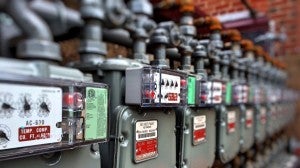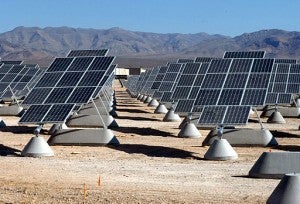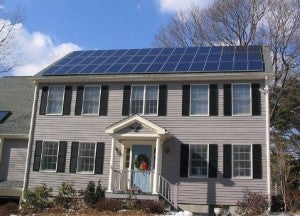 Last week, the Public Utilities Commission of Ohio (PUCO) staff endorsed a four billion dollar bailout for FirstEnergy’s coal and nuclear plants. The new deal modifies FirstEnergy’s original proposal and, if approved, would prop up the Akron-based utility giant’s uneconomic power plants for the next eight years – making its customers foot the huge bill. Many parties oppose the deal, because it is unfair to customers and interferes with the state’s competitive energy market.
Last week, the Public Utilities Commission of Ohio (PUCO) staff endorsed a four billion dollar bailout for FirstEnergy’s coal and nuclear plants. The new deal modifies FirstEnergy’s original proposal and, if approved, would prop up the Akron-based utility giant’s uneconomic power plants for the next eight years – making its customers foot the huge bill. Many parties oppose the deal, because it is unfair to customers and interferes with the state’s competitive energy market.
Importantly, FirstEnergy’s bailout is not only bad policy, it also violates federal law.
Ohio restructured its electricity market several years ago, so FirstEnergy’s plants have been operating in a competitive wholesale energy market. The market covers 13 states and power plants bid into an auction to supply electricity to the region, ensuring customers get the lowest electricity prices possible FirstEnergy’s power plants are losing money because they are old and inefficient, and can’t compete with newer, cleaner natural gas and renewable energy that deliver electricity at a lower cost. As a result, FirstEnergy has asked the PUCO for a bailout.
But electricity is sold across several states in the wholesale market, and so is subject to federal law. And federal law bars states from erecting protectionist barriers that harm competition. Read More »
 Help is on the way to reduce harmful pollution in Indiana, which has the seventh highest level of greenhouse gas emissions in the country.
Help is on the way to reduce harmful pollution in Indiana, which has the seventh highest level of greenhouse gas emissions in the country.













